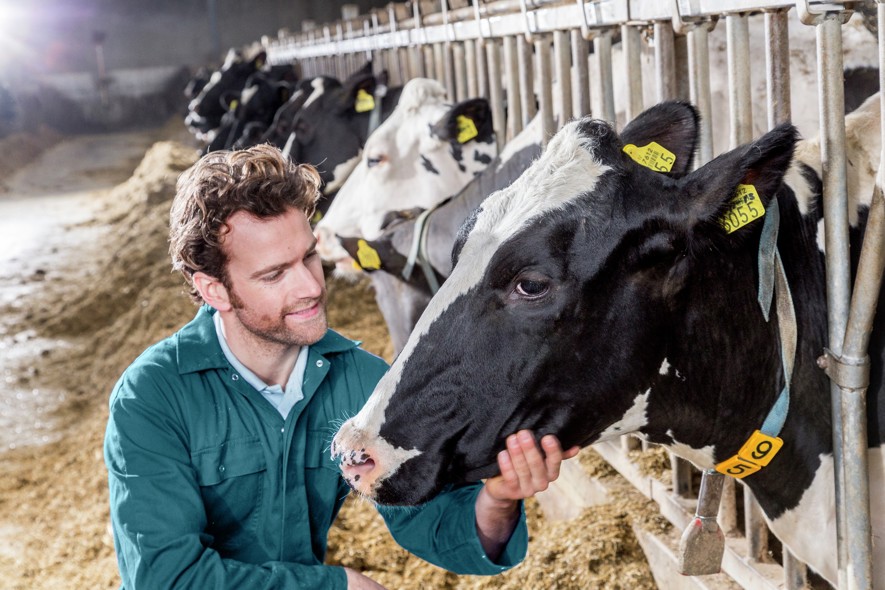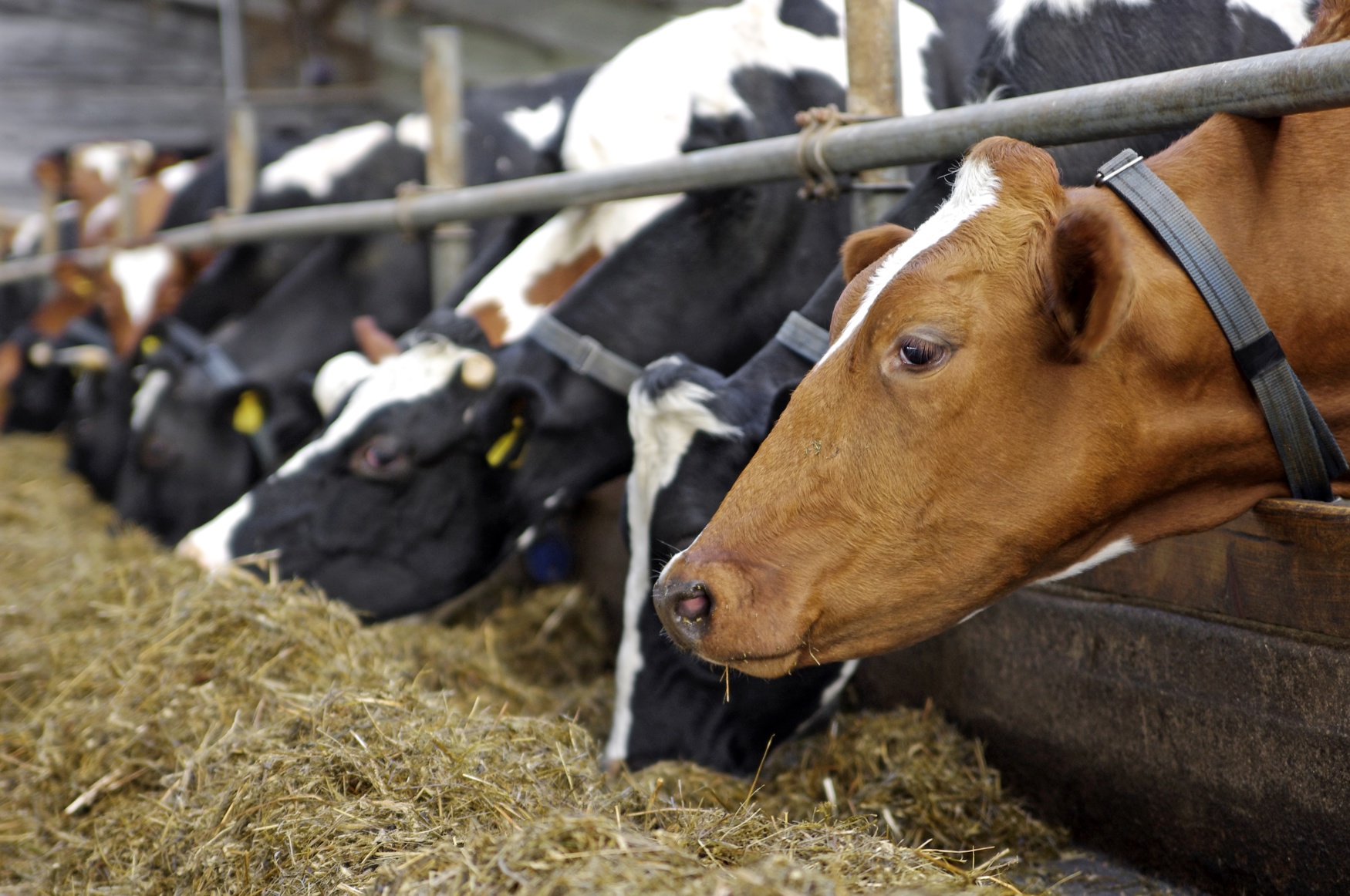Precision Feeding in Robotic Milking Herds
- Dairy
Precision feeding of dairy cows is a concept that is often discussed with the implementation of robotic milking systems. Precision feeding relies on knowing the nutrient requirements of an individual cow and delivering a specific diet that meets those requirements at a given level of intake. There is considerable interest in precision feeding approaches in robotic milking systems given the ability to deliver differing amounts of concentrate and in some cases, more than one concentrate.

Before discussing application of precision feeding in robotic herds, let’s address whether the precision feeding theory can yield beneficial production responses.
There are very few studies that have addressed precision feeding directly. One study from the University of Florida tested whether precision feeding can reduce the negative energy balance in early lactation and limit over-feeding in late lactation. The researchers measured dry matter intake (DMI) on a daily basis, milk yield and composition at each milking, body weight at each milking and body condition score to estimate energy balance for each week. The control cows received a total mixed ration (TMR) balanced for 23 kg of DMI for a cow with a body weight of 650 kg and milk, fat and true protein yields of 41.5, 1.45 and 1.25 kg/d, respectively. The precision fed cows had their diet adjusted on a weekly basis to ensure that there was a greater supply of energy and protein than required for maintenance, lactation and pregnancy. This study clearly demonstrated that while technically challenging, the concept of precision feeding can yield multiple benefits from a production efficiency standpoint.
To summarize the results, the authors found that DMI did not differ, averaging 23.9 and 24.6 kg/d, but milk yield was 3.3 kg greater for precision fed cows (45.2 kg/d) than those fed a static TMR. Milk fat (1.51 vs. 1.40 kg/d), true protein (1.33 vs. 1.23 kg/d) and lactose yields (2.15 vs. 1.99
kg/d) were also greater for precision fed cows than the control. In addition to the yield responses, precision fed cows reached a positive energy balance sooner than the control cows, had greater feed efficiency and lower body condition gain in late lactation.

Can we impose precision feeding systems on robotic dairies?
Precision feeding requires collection of data, diet readjustment and continuous evaluation of the data. Measurement of body weight, body condition score, milk yield and milk composition are possible in some robotic systems and can be used to calculate the nutrient requirements of the cow. However, precision feeding also requires knowledge of feed intake and the composition of that diet. Unfortunately, robotic milking systems do not currently have the capability to measure concentrate intake at the robot (they only report the concentrate delivered) and measurement of partial mixed ration (PMR) intake is not currently possible from an ordinary bunk. This means that while we can calculate nutrient requirements, we have little ability to predict nutrient supply under commercial conditions. This leads to another question: can we assume that changing the concentrate feeding strategy is sufficient to increase energy intake and therefore be used to apply a partial precision feeding approach?
Experiments conducted at the Universities of Saskatchewan, Guelph and Aarhus have reported that increasing the amount of concentrate provided in the robotic milking system increases daily variability in the amount of concentrate delivered and consumed by cows in the robot. They also showed that increasing concentrate delivery may only modestly increase energy intake or not improve energy intake at all. Moreover, decreasing the robot concentrate allocation may decrease energy intake at a rate exceeding that which is targeted. Too rapid of a decline in concentrate without a corresponding increase in PMR intake could lead to an accelerated dry-off program.
In addition to greater variability with high robot concentrate allocation, changing the amount of robot concentrate also causes cows to alter their PMR intake. Unfortunately in most cases, the reduction in PMR intake is greater than the corresponding increase in concentrate intake resulting in no net change in energy intake. This lack of increase in energy intake likely explains why many studies do not see improved milk or milk component yield with greater concentrate allocation in the robot. This substitution of PMR with robot concentrate, coupled with increased variability as the allocation of robot concentrate increases, likely erodes the potential to apply precision feeding with current technology since there is no method to predict the change in PMR intake.
In conclusion, it appears that applying precision feeding strategies may not be as easy as simply adjusting the amount of concentrate offered at the robot. Controlled research studies have clearly shown that altering the robot concentrate allocation increases day-to-day variability for how much of that concentrate is consumed, results in an unpredictable change in PMR intake and in many cases does not increase energy intake. While precision feeding is beneficial from a production efficiency standpoint, improvements are needed before precision feeding can be applied on farm.